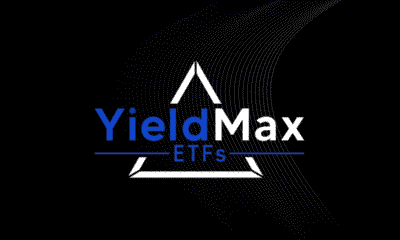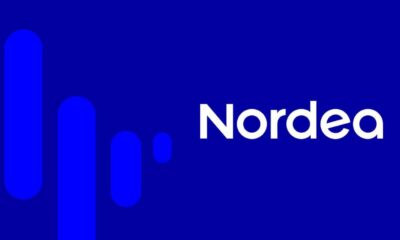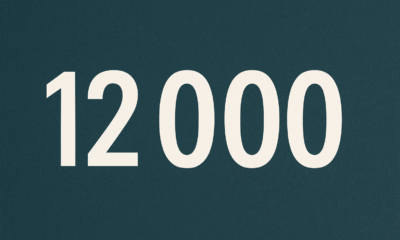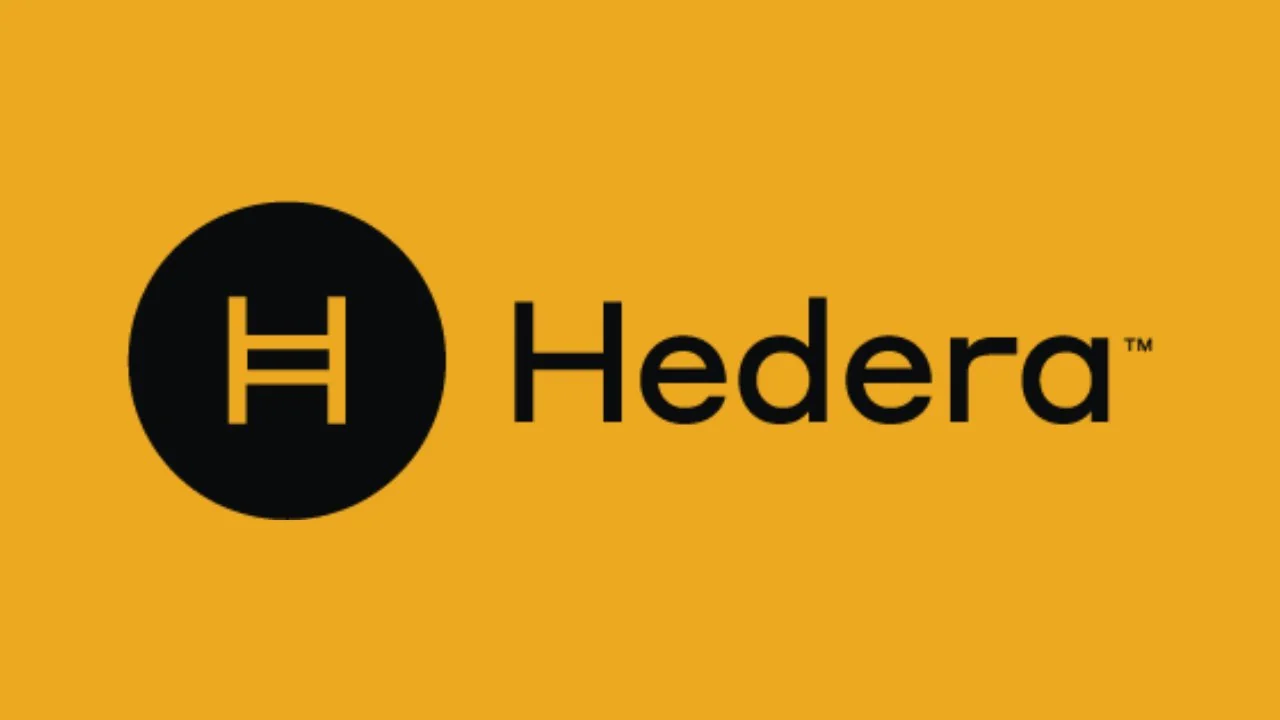Even fund managers can’t identify future outperformers
Robin Powell
Prof. Raghavendra Rau – Cambridge Judge Business School
One of numerous studies showing how hard it is to identify, in advance, a fund that will outperform over the long term, was conducted by Cambridge Judge Business School in 2014. What the researchers wanted to find out was whether fund managers themselves can spot talent in each other, and perhaps benefit by copying what talented managers do.
“As a normal investor, someone who is not a fund manager, how do I find a good fund manager? What I do is maybe look up his rankings, maybe look up his portfolio holding, maybe I’ll say that this manager has been the best manager over the last two or five years, consistently beating his benchmark over the last few years. So, but what other information do I have? Not very much. But fund managers are in the same business, they hang out with each other, they go to Pubs together. They may not discuss their trades, but you talk to people and you can figure out pretty fast who are smart people and who are not smart people.”
It seems logical to think that if anyone can identify a future star manager it should be their peers. But the Cambridge study found that fund managers are as bad at spotting talent as the rest of us.
“It turns out, according to our study, that the people who copy are pretty much what you call desperate fund managers. They are managers who have not done very well. They have suffered an outflow of funds over the last year. They have funds that have underperformed, they have usually large fees. So now here is the problem: You’re a fund manager in a pretty bad state. You have no money to spend on research, you have no money to hire an analyst of your own. What do you do? Wouldn’t it be possible to find superior fund managers and just copy their trades? But how do you pick? Who do you know is a superior fund manager? What you should see are that the fund managers whom you copy don’t necessarily have good performance before you copy them, but they should have good performance after you start copying them. That means you identify the people whose public information will not tell if he’s a good fund manager or not, but private information will say if he’s a good fund manager or not. We don’t find out. What we find is: Copycats copy funds with good past performance. They copy funds which are exactly the kind of funds that you and I would copy with no information about these funds at all.”
This is yet more evidence trying to pick future winner is a thankless task. Far better not to try it at all, and simply aim to capture market returns by indexing. Thanks for watching.
With all investments your capital is at risk and the value of your investments and the income deriving from it can rise as well as fall. Past performance is not a guide to future performance. This site is provided for information purposes only and is not intended as a recommendation or an offer or solicitation for the purchase or sale of any financial instruments. Robo-advisor is category established by U.S. companies like Betterment and Wealthfront, it does not imply we provide advice. Ask a Financial Advisor if in doubt. Amazon, Amundi, Apple, Barclays, Blackrock, Boost, Deutsche Bank, ETF Securities, First Trust, Google, HSBC, Invesco, Lyxor, SaxoBank, State Steet, Source, UBS, Ubuntu, Vanguard, Windows and Wisdom Tree are trademarks of their respective owners. ETFmatic Ltd is authorised and regulated by the Financial Conduct Authority (No. 657261) and is a limited liability company registered in England and Wales, no. 08856747, with a registered office at 4th Floor 7-10 Chandos Street, Cavendish Square, W1G 9DQ, London, United Kingdom. ETFmatic Ltd is registered for VAT with the HMRC with registration number 190 8981 63. The custodian of our clients money is Barclays Bank, while the ETF´s are held by Saxo Bank in a segregated account on the name of ETFmatic Global Nominee Ltd. Our services are available in Austria, Belgium, Denmark, Estonia, Finland, France, Germany, Ireland, Italy, Latvia, Netherlands, Norway, Poland, Portugal, Spain, Sweden and the United Kingdom. Free simulation accounts are available worldwide.

 Nyheter3 veckor sedan
Nyheter3 veckor sedan
 Nyheter4 veckor sedan
Nyheter4 veckor sedan
 Nyheter3 veckor sedan
Nyheter3 veckor sedan
 Nyheter3 veckor sedan
Nyheter3 veckor sedan
 Nyheter4 veckor sedan
Nyheter4 veckor sedan
 Nyheter2 veckor sedan
Nyheter2 veckor sedan
 Nyheter2 veckor sedan
Nyheter2 veckor sedan
 Nyheter2 veckor sedan
Nyheter2 veckor sedan


















